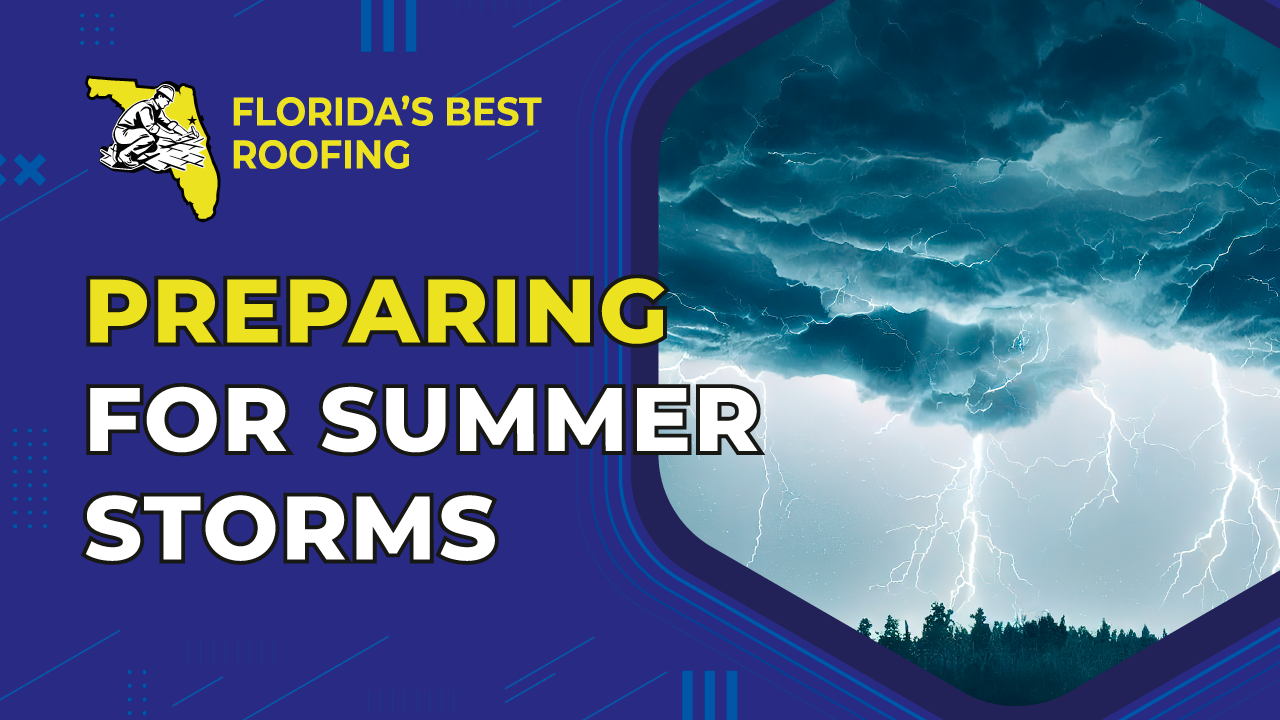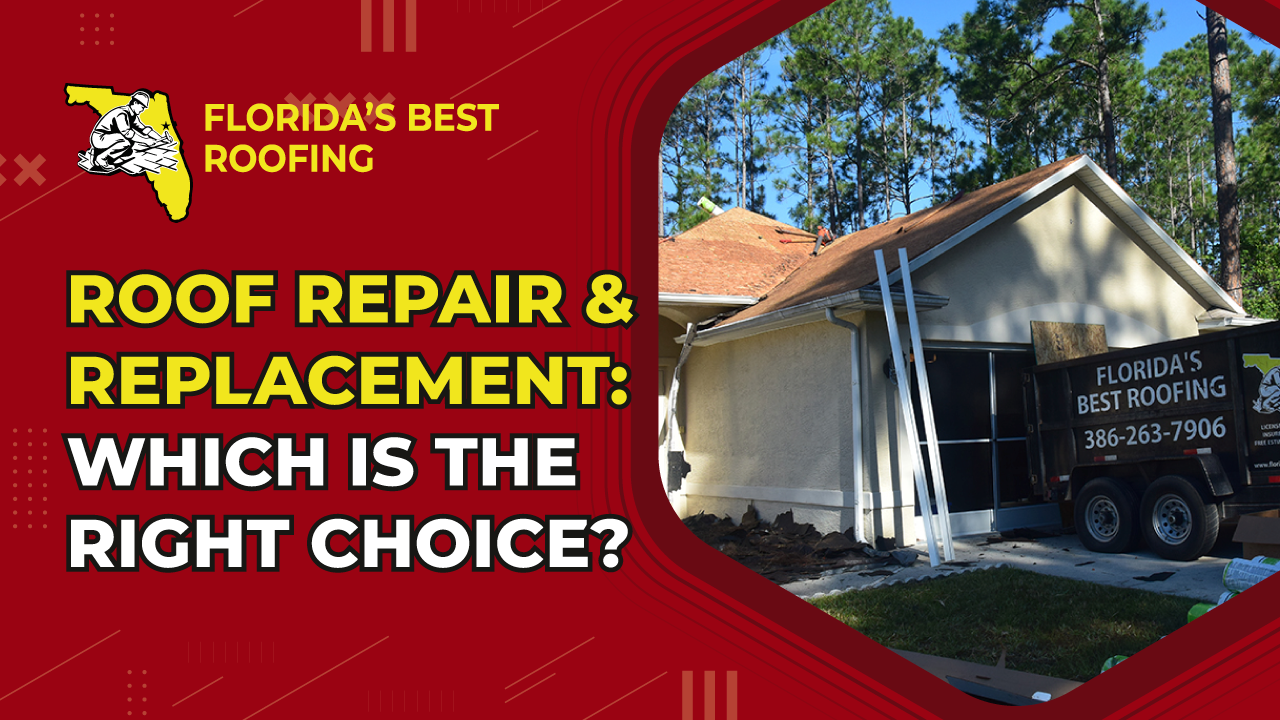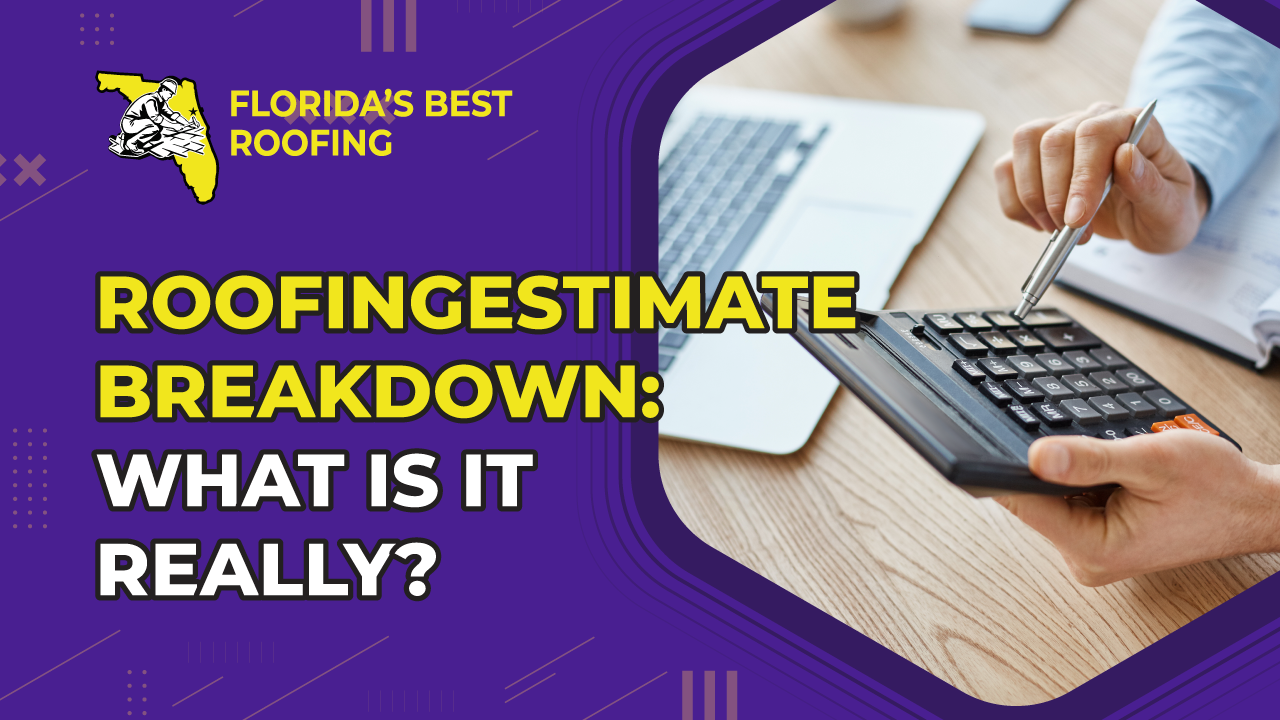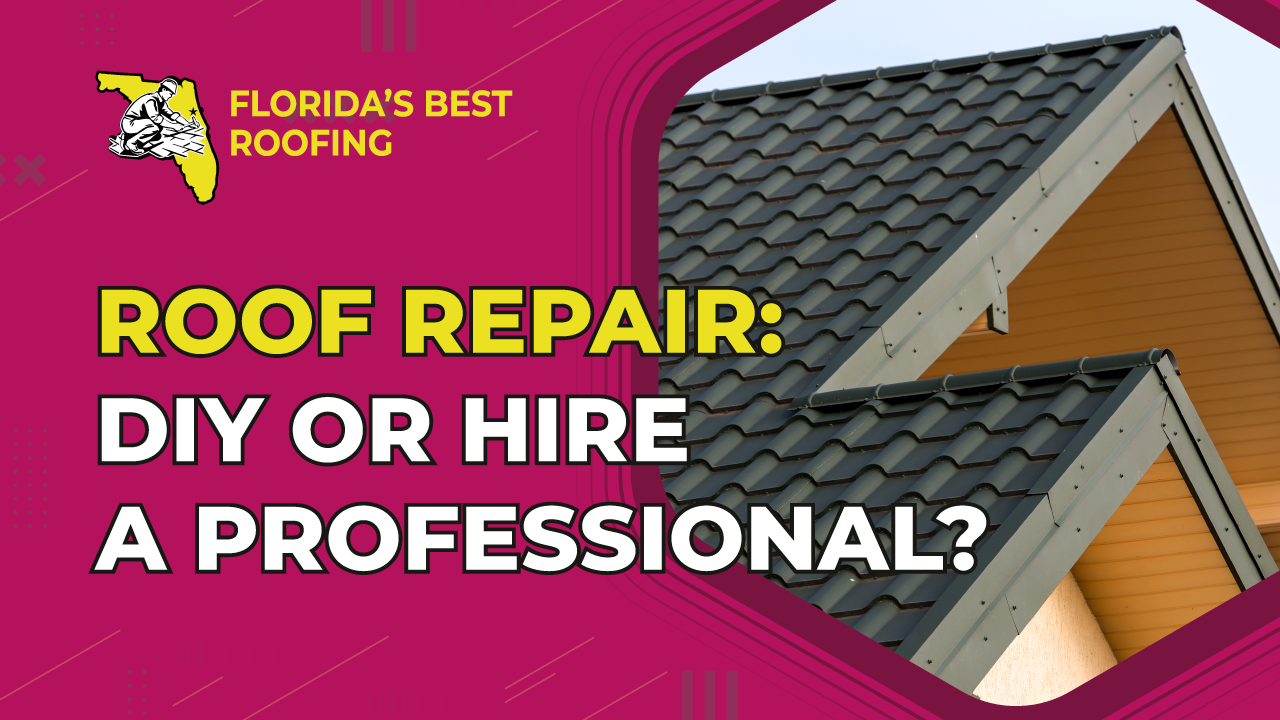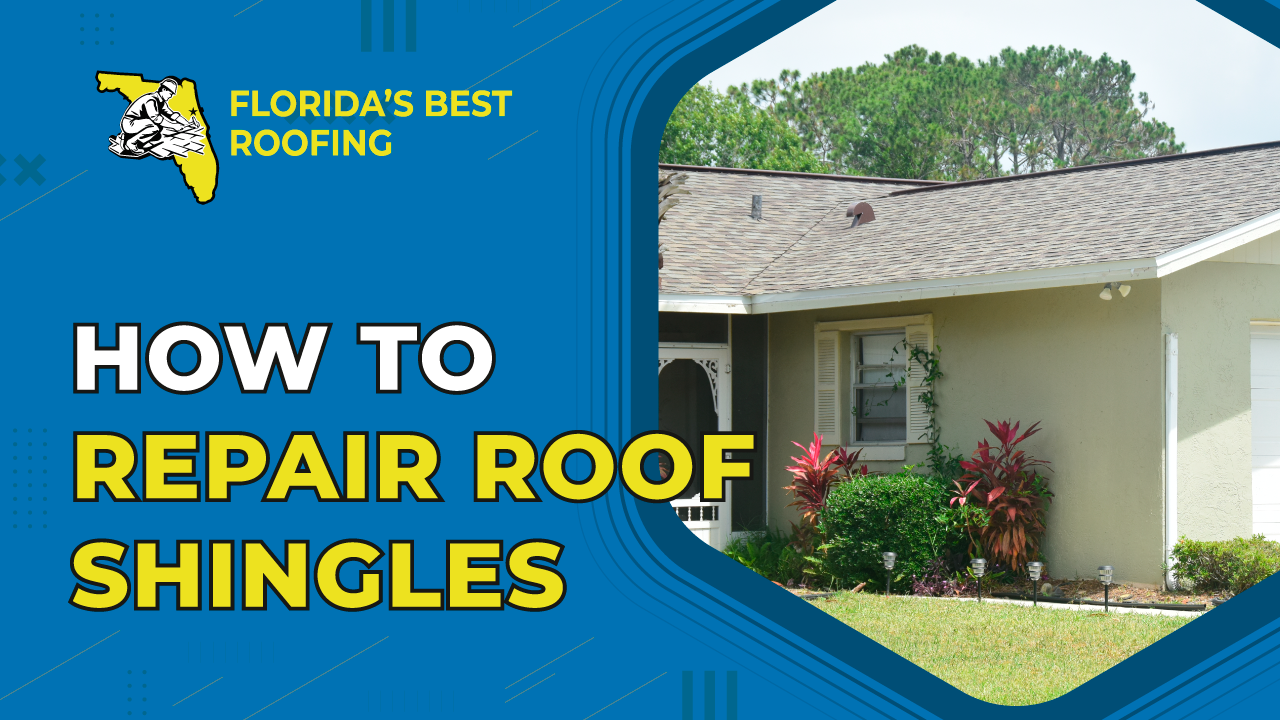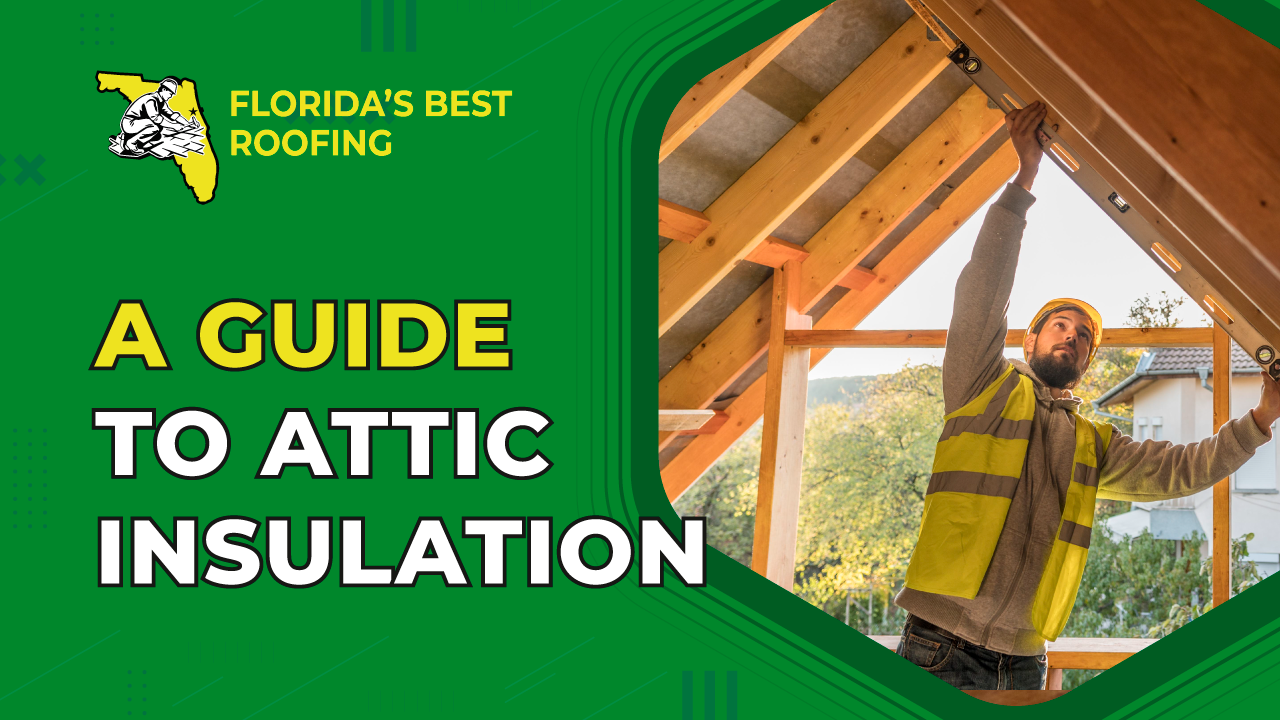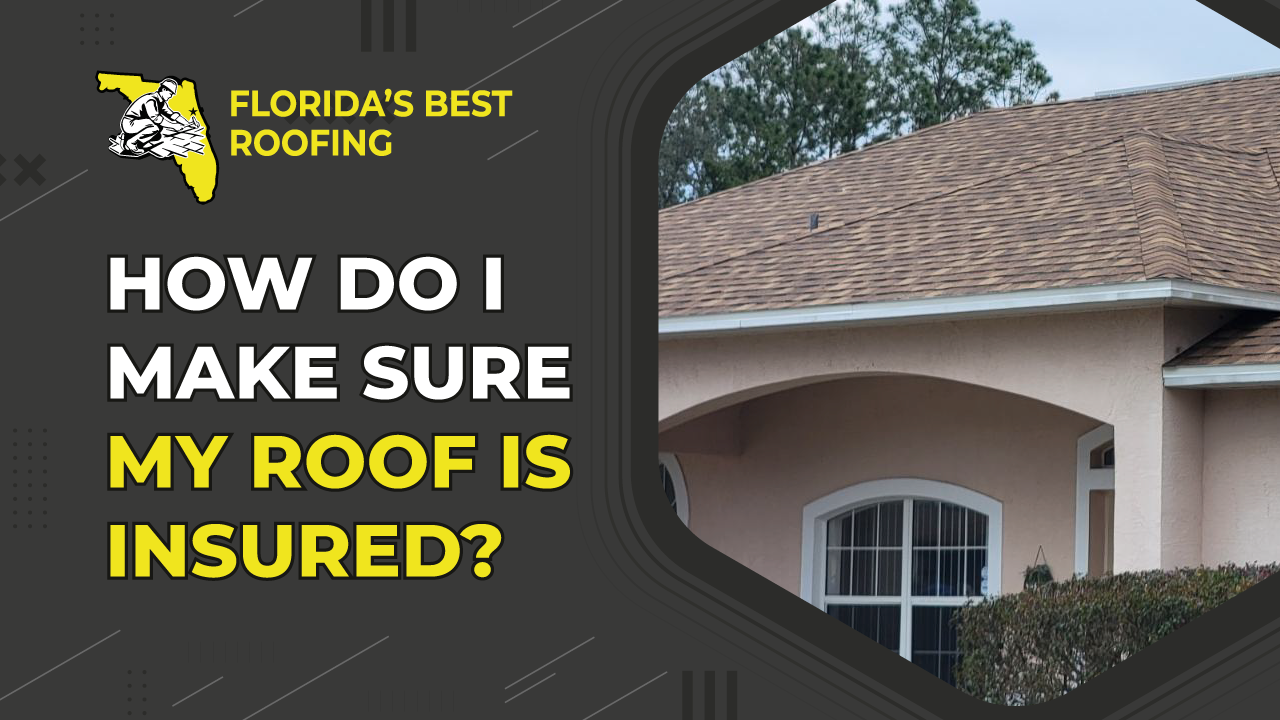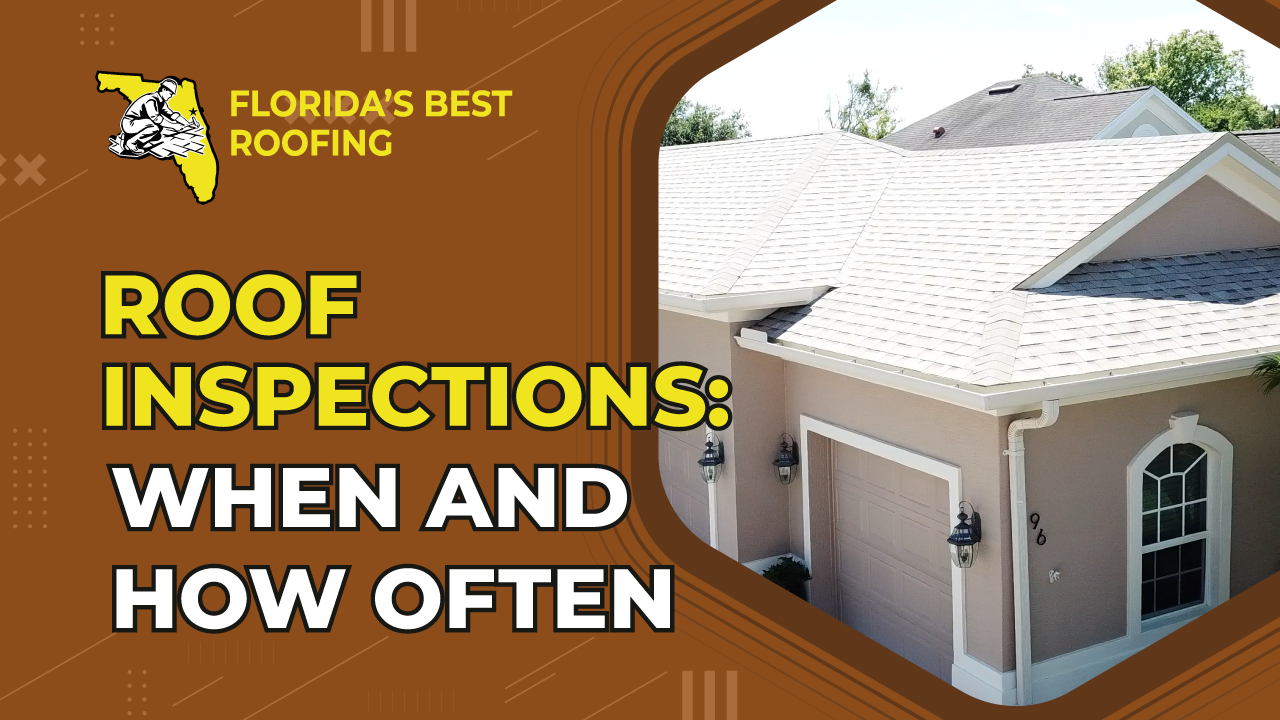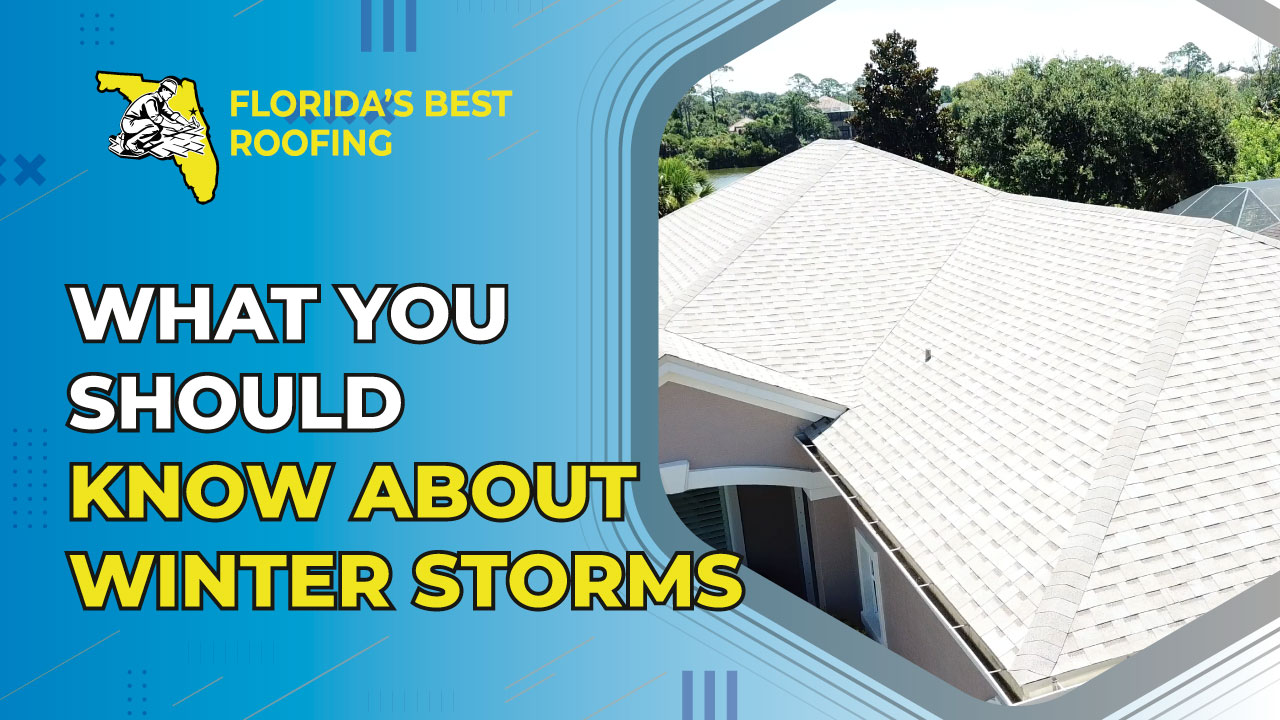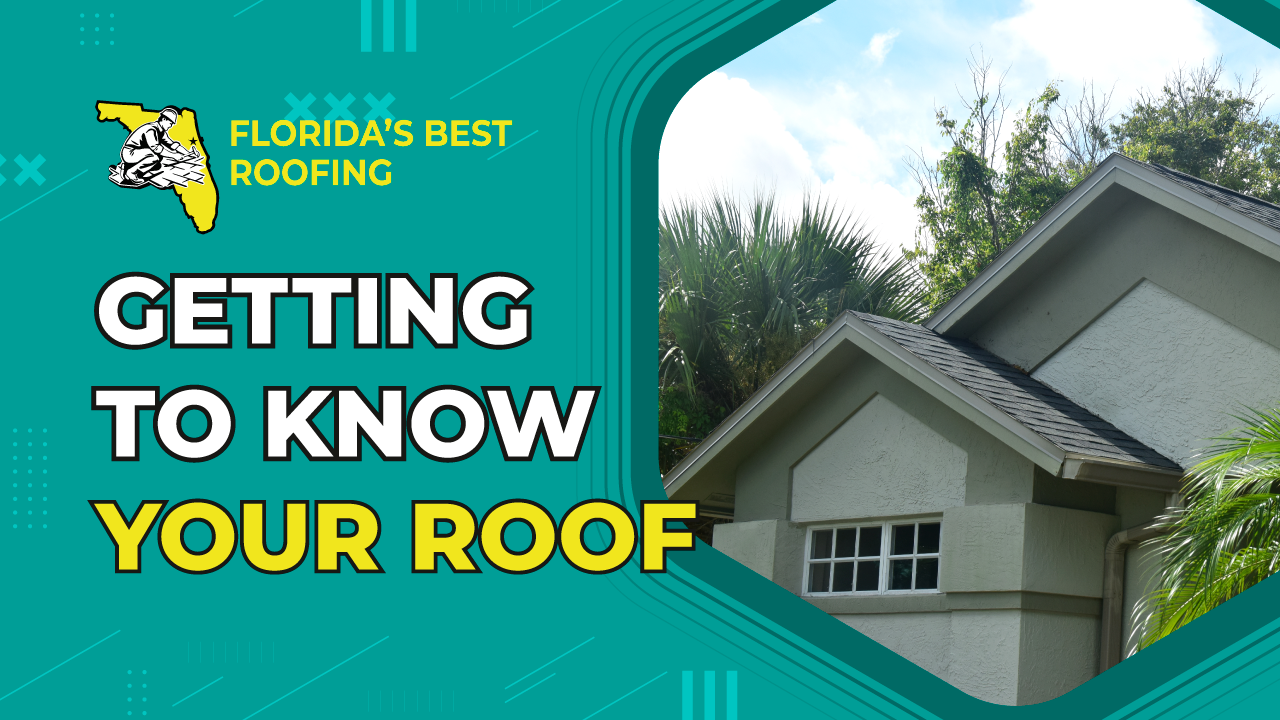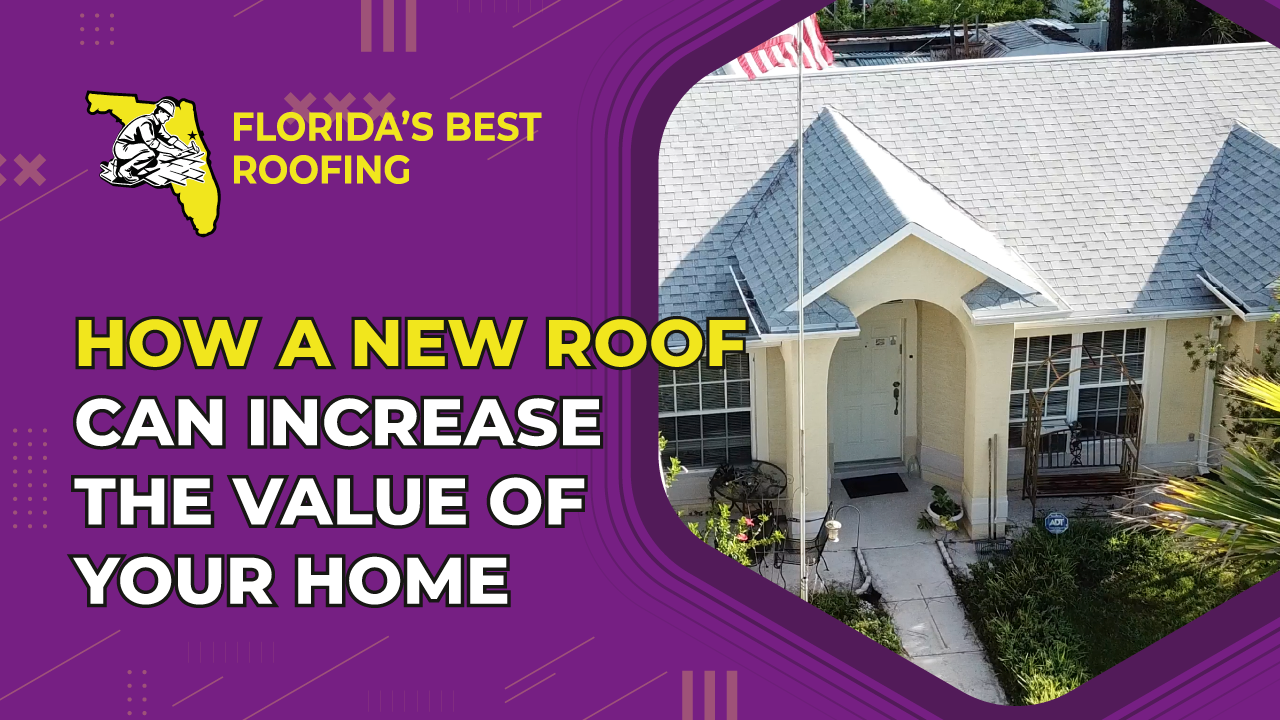Preparing for Summer Storms
As spring is sprinting past, it is once again time to start thinking about hurricane and tropical storm season preparedness. Hurricane season in Florida typically runs from June 1st through November 30th. As a state that is regularly affected by tropical storms and hurricanes, it is essential to take necessary precautions to prepare for the hurricane season. Here are some tips on how to prepare for hurricane season in Florida:
Create a Plan
The first step in preparing for hurricane season is to create a plan. Discuss with your family what you will do if a hurricane strikes. Identify a safe location in your home or community where you can go if you need to evacuate. Make sure that everyone in your family knows the plan, and practice it ahead of time so that everyone is familiar with what to do in case of an emergency.
Build an Emergency Kit
An emergency kit is an essential item to have during hurricane season. This kit should include enough supplies to last for several days. You will need items such as:
Non-perishable food
Bottled water
Flashlights
Batteries
First-aid kit
Prescription medications
Important documents
Cash
Sanitation items (toilet paper, hand sanitizer, etc.)
Secure Your Home
Before hurricane season, make sure that your home is ready for the storm. Inspect your roof and windows to ensure that they are in good condition. Consider installing shutters or impact-resistant windows to protect your home from wind and debris. Trim any branches or trees near your home that could cause damage during the storm. If you live in a flood-prone area, consider purchasing flood insurance.
Stay Informed
Stay informed about the weather conditions during hurricane season. Monitor local news and weather channels for updates on the storm’s path and intensity. Sign up for emergency alerts on your phone or through a weather app. It is also helpful to have a battery-operated or hand-crank radio so that you can receive updates even if the power goes out.
Evacuate if Necessary
If a hurricane is predicted to hit your area, and you are in a mandatory evacuation zone, it is important to evacuate immediately. Follow the instructions of local authorities and evacuate to a safe location. Make sure to take your emergency kit with you and secure your home as best as possible before leaving.
Protect Your Belongings
Before the storm, protect your belongings as best as possible. Move furniture and other valuables to a higher level in your home to protect them from flooding. Cover items with plastic or tarps to protect them from water damage.
Have a Backup Plan
Even if you have a plan in place, it is essential to have a backup plan in case your initial plan falls through. Identify alternative safe locations where you can go if your first option is unavailable. Make sure that your emergency kit is easily accessible so that you can grab it quickly if you need to evacuate.
In conclusion, preparing for hurricane season in Florida requires careful planning and preparation. By creating a plan, building an emergency kit, securing your home, staying informed, evacuating if necessary, protecting your belongings, and having a backup plan, you can minimize the damage caused by hurricanes and keep yourself and your family safe during the storm. It is important to remember that hurricane season can be unpredictable, so it is better to be over-prepared than under-prepared.
If you have any questions about roofs or need a roof repair, we would be happy to help you out. Florida’s Best Roofing, Inc. is a fully licensed (CCC 1325974) and insured, local roofing contractor with decades of experience. If you are interested in roof replacement or repair and you are in the Palm Coast, Flagler, or Volusia area, please give us a call at 386-263-7906 for a free estimate!

